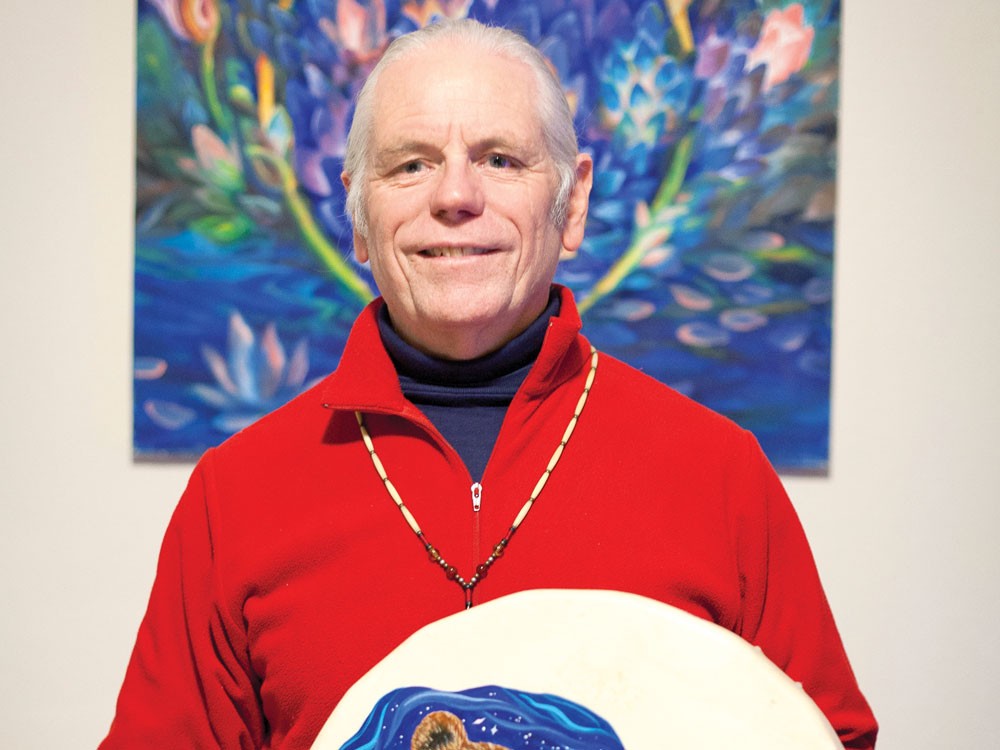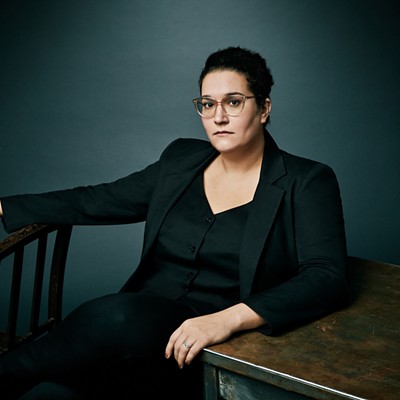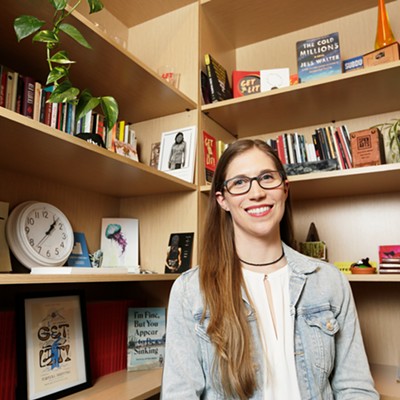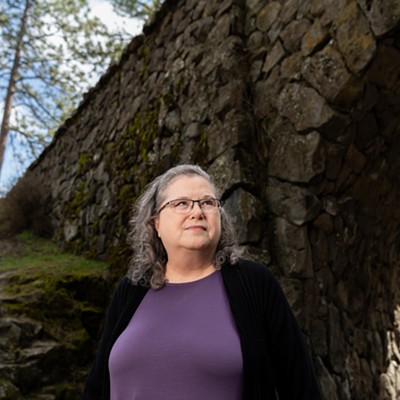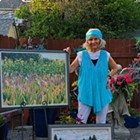With the exception of the four masks and the bear skin hanging on one wall, the north-Spokane office of Pamela Albee is not terribly exciting. It looks like any other counseling office — square rooms outfitted with comfy chairs, dishes of candy and pristine white walls. But within these offices, some not-so-ordinary work occurs.
In addition to being a certified clinical hypnotherapist and counselor, Albee is also a shaman.
It’s a word that may generate images of tribal rituals and talismans. The word “shaman” is in fact a blanket term, encompassing the practices of many cultures. The Siberian definition of “shaman” resonates with Albee — she is simply “one who sees in the dark.”
Albee is one of several practicing shamans in the Inland Northwest. She sees a variety of clients seeking alternative treatments for ailments that might usually be treated with traditional medicine.
In fact, many are flocking to alternative medicine clinics — a spike pointed out in a 2008 report by the National Center for Complementary and Alternative Medicine and the National Center for Health Statistics.
Unlike traditional doctors, shamans are thought to be chosen. Albee says she was very young when she began to display one of the telltale signs of budding shamanism — taking on the illnesses of others.
In adulthood, Albee learned of shamanism and sought to refine what she describes as her natural heightened sensitivities. Soon, she began training extensively to communicate with the spirit world.
“It’s almost like a 3-D epic picture with a Bose sound system,” Albee says of the spirit world.
In her practice, Albee uses herself as a vessel for information between the living and the spiritual world. Once a client has given her permission, Albee consults with her spiritual “allies” about what is troubling the person.
People come with a wide range of issues. Some seek relief from minor aches and pains, some are more seriously ill. Others seek to rid their homes or businesses of energy disturbances.
Albee is acutely aware of the stigma attached to her work. She says shamanism is often misrepresented as belonging to the occult, which she contends couldn’t be further from the truth. It’s why she picked the boring office.
“I don’t want people to be frightened,” says Albee.
“I want them to embrace it. I don’t look all wicky-wacky-weird. I don’t wear bingle-bangle-bobbles and feathers in my hair,” she says. “I’m not out in the back alley or out in the woods doing this work.”
Like others in her field, she hopes more medical professionals will come around to the idea that there may be other ways to treat a patient. She wants the two fields to work together.
“I want it to be clinical, I want it to be mainstream. Old-world shamans, if they didn’t do what they did … we wouldn’t be here,” says Albee. “And yes we need emergency medicine and medical technology, and this is another piece that has been missing for a while.”
The ongoing health care debate deepens when the subject of complementary and alternative medicine (CAM) comes up. The field encompasses most treatments and practices you wouldn’t normally encounter in a traditional medical facility — think hypnotherapy, acupuncture and aromatherapy. Certain elements of shamanism fall under this, too.
The use of these treatments has the medical community divided.
“Modern medicine was formed around successes in fighting infectious disease,” University of California biologist and Nobel laureate Elizabeth Blackburn told David H. Freedman of The Atlantic last June. “We face an entirely different set of challenges today, but we haven’t rethought the way we fight illness.”
This, according to supporters, is where alternative therapies come in, with their strong roots in preventative practices and their goal to treat the sources of problems, not just their symptoms.
The approach has caught on in Spokane, says Charles Lightwalker of the Spokane Holistic Chamber of Commerce. Lightwalker is a practicing shaman, healer and “intuitive reader,” among other things. He has been studying alternative medicine for over 40 years and says that it treats the whole person and acknowledges things, like spiritual well-being, that modern medicine doesn’t.
Like Albee, Lightwalker hopes for an alliance between alternative practitioners and medical doctors.
Vivianne van Asperen, a former registered nurse who has been treated by Lightwalker for pain, says that she, too, has noticed a spike in popularity for alternative medicine.
“Mainstream meds are ineffective. They don’t work well,” says van Asperen. “And our baby boomers that now would be using meds, because they were raised in this hippie-type of culture, they know there are more things out there than that for them, and they go back to their roots.”
Albee and Lightwalker say their patients see real results.
“I don’t think you should trust anyone,” says Lightwalker. “You should be just as skeptical with a doctor or an acupuncturist or a chiropractor or anyone else.”

